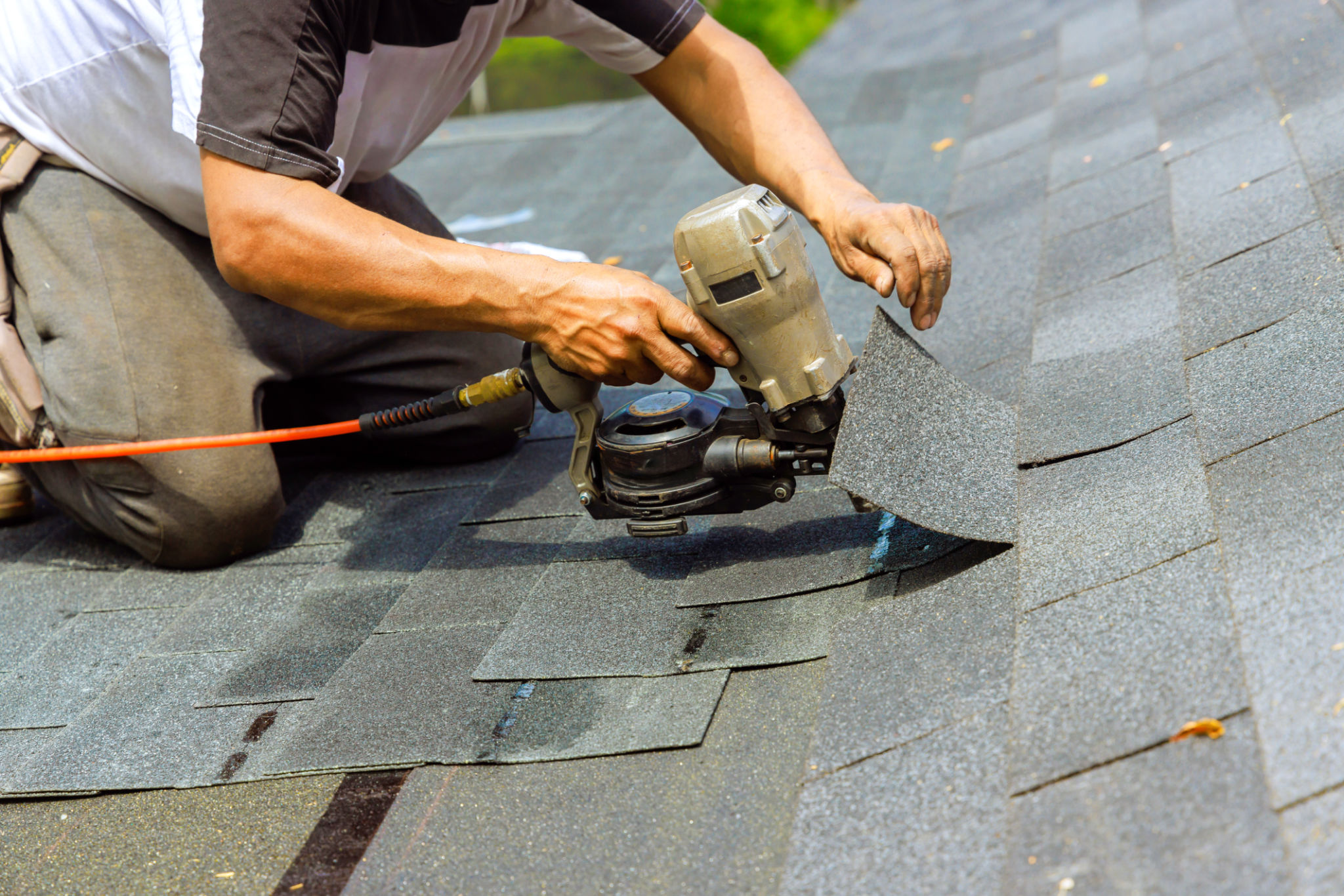DIY Roof Inspection: What to Look For and When to Call a Professional
Understanding the Importance of Roof Inspections
Your roof is a critical component of your home, safeguarding you and your family from the elements. Regular inspections are essential to ensure its longevity and efficiency. Performing a DIY roof inspection can help identify minor issues before they escalate into costly repairs. However, knowing when to call in a professional is equally important.
While many homeowners feel confident in tackling DIY projects, a roof inspection requires a keen eye and understanding of what to look for. By following a systematic approach, you can effectively assess your roof's condition.

Essential Tools for a DIY Roof Inspection
Before starting, gather the necessary tools to assist with your inspection. These include:
- Binoculars for examining hard-to-reach areas
- A sturdy ladder for safe access to the roof
- Safety gear such as gloves and a harness
- A flashlight for inspecting darker areas and the attic
With these tools in hand, you are ready to begin your inspection safely and effectively.
Key Areas to Inspect
Shingles
Inspect the shingles for any signs of damage such as cracks, curling, or missing pieces. Damaged shingles can lead to leaks and further structural damage if not addressed promptly. Look for granule loss, which indicates wear and tear.
Flashing
Examine the flashing around chimneys, vents, and skylights. Flashing is essential in preventing water penetration, so ensure it is intact and free from rust or damage.

Gutters and Downspouts
Clear any debris from gutters and ensure downspouts are directing water away from your home's foundation. Clogged gutters can cause water to back up, leading to roof damage.
When to Call a Professional
While a DIY inspection can identify many potential issues, some problems require a professional's expertise. Consider calling a roofing professional if you notice:
- Extensive shingle damage or leaks
- Structural issues like sagging or rot
- Moss or algae growth that is widespread

A professional inspection can provide a more comprehensive assessment and recommend the best course of action for repairs or maintenance.
Regular Maintenance Tips
To extend the lifespan of your roof, implement regular maintenance practices such as cleaning gutters and removing debris from the roof surface. Trim overhanging branches to prevent damage from falling limbs during storms.
By maintaining your roof, you not only protect your home but also save money in the long run by avoiding costly repairs. Regular inspections and timely professional interventions are key to a healthy roof.